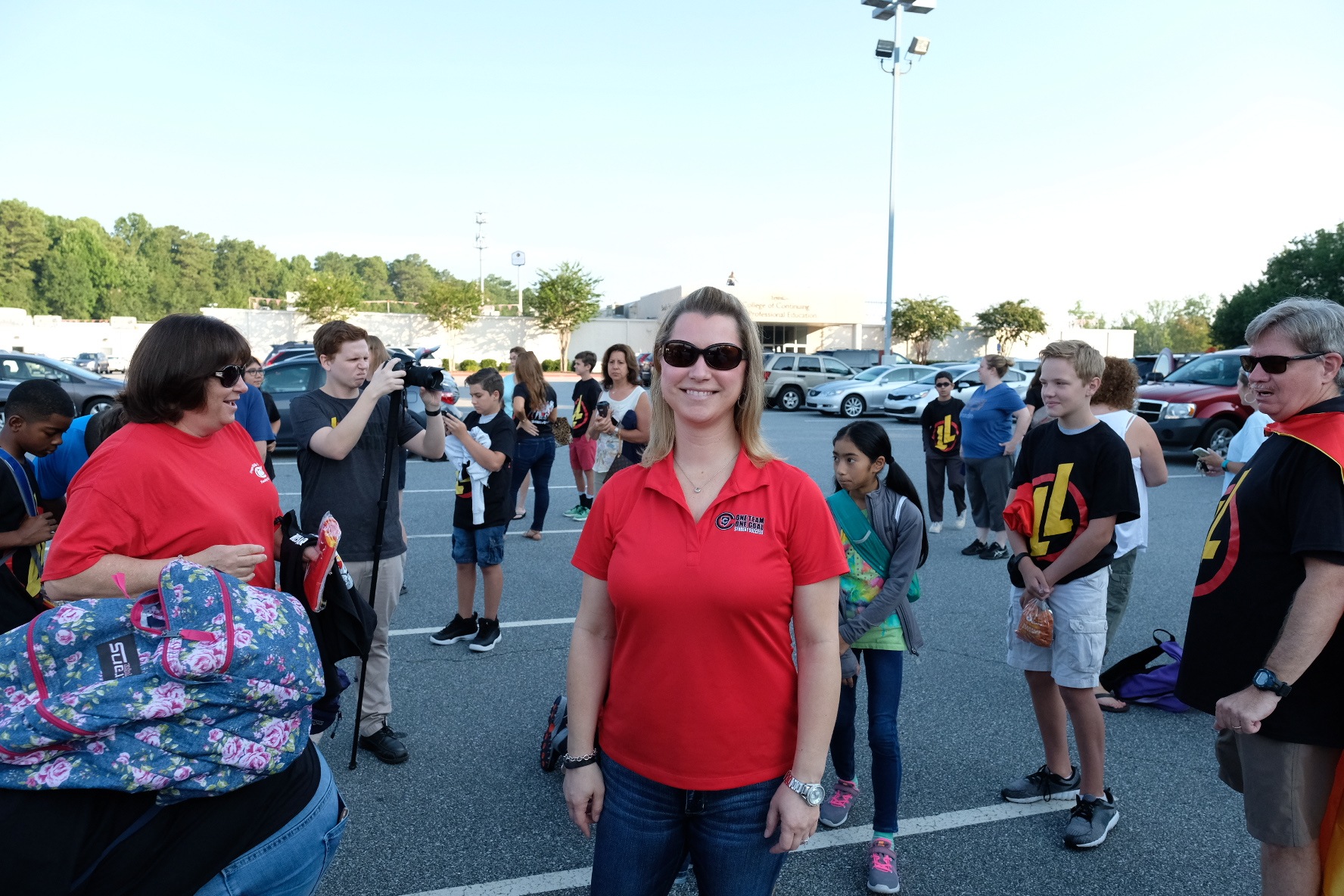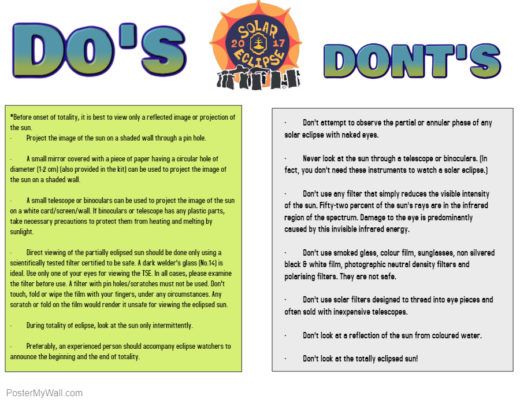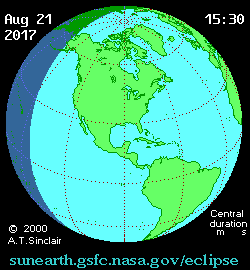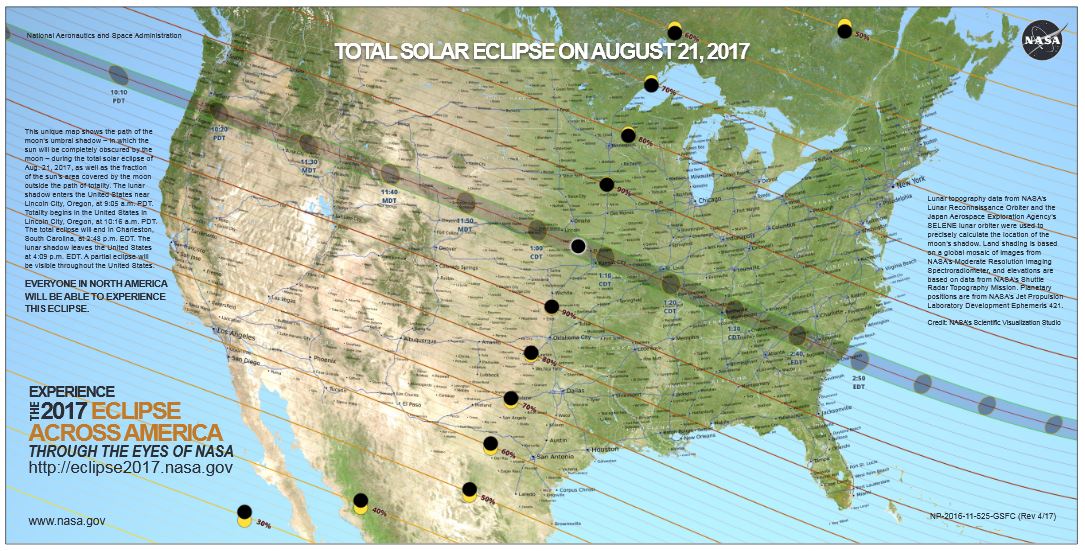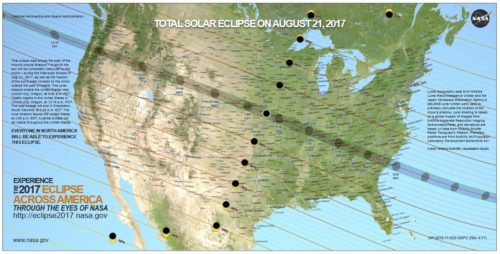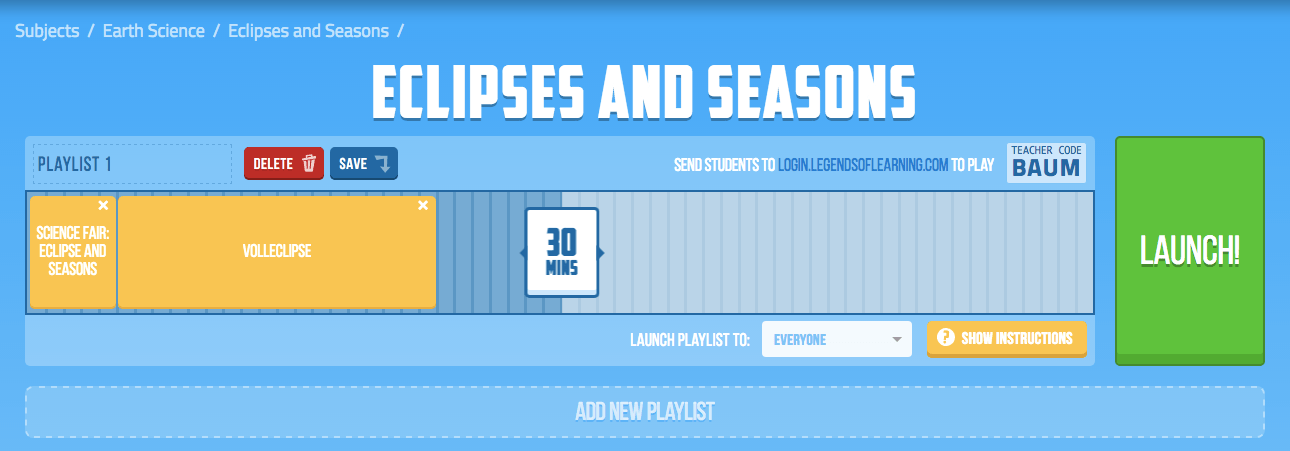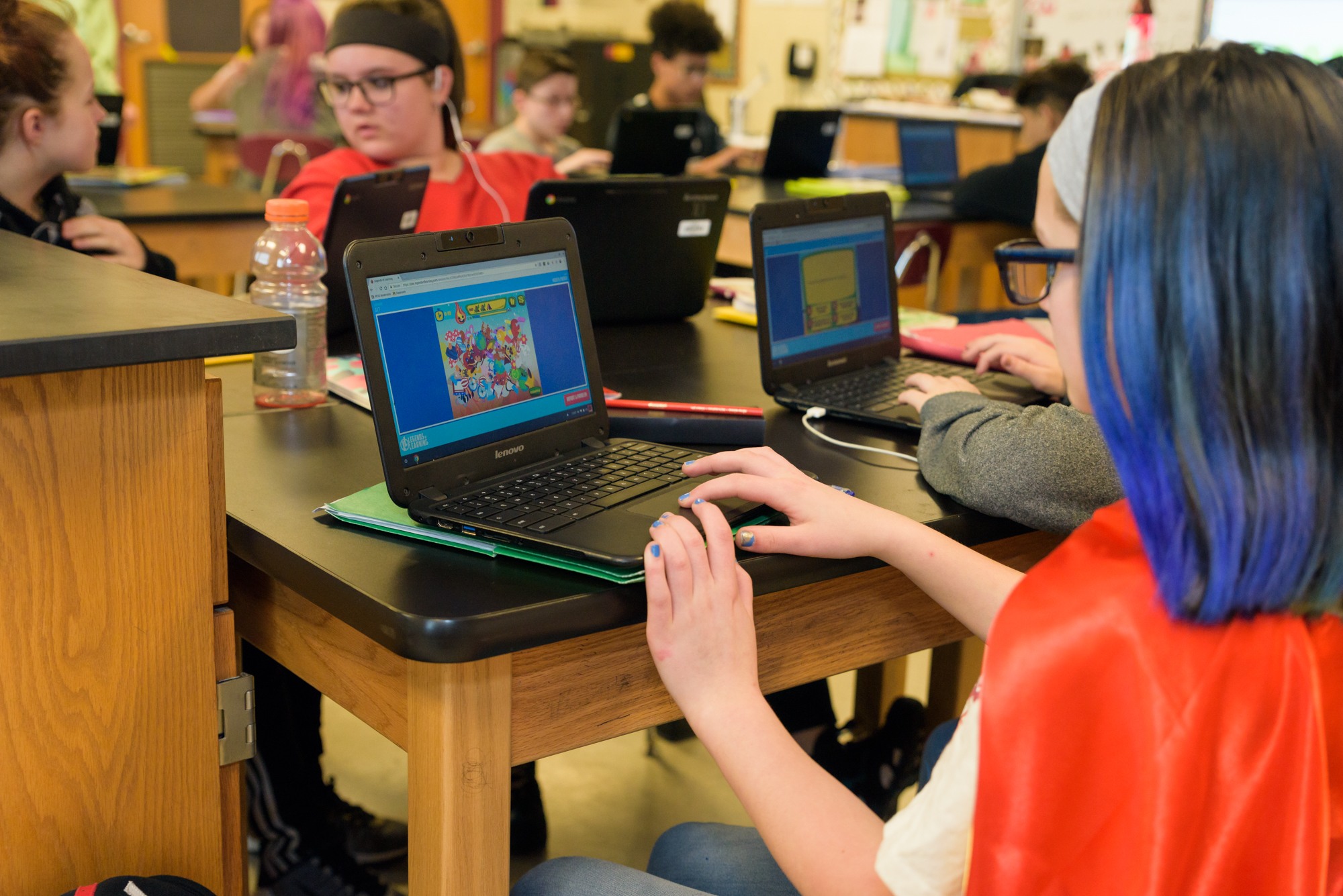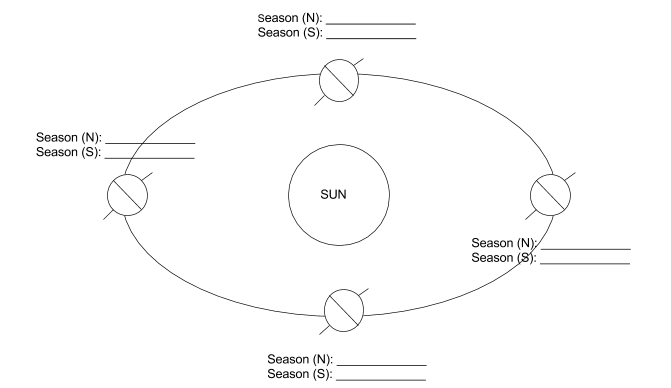This is a copy of a news release issued this week.

Cobb County Students to Experience Once-in-a-Lifetime Total Solar Eclipse
Legends of Learning Preparing Students for the Astronomy Event
Marietta, Ga.—August 1, 2017—Middle school students from the Cobb County School District in Georgia will be taking the field trip of a lifetime. On August 21, 40 students will join Legends of Learning on a field trip to Clemson, S.C., where they will watch the total solar eclipse from one of the most optimal places in the country.
Two students from each participating Cobb County middle school will be selected to take part in this field trip. Students will play Legends of Learning eclipse games on the ride to Clemson, where they will watch the total solar eclipse.
“This is so exciting! Our students will remember this experience for the rest of their lives,” said Dr. Sally Creel, STEM and Innovation Supervisor, Cobb County Schools. “We appreciate that our new partners, Legends of Learning, are making this once-in-a-lifetime event so special for Cobb students. Our teachers will be incorporating the games into their instruction prior to the eclipse. Students will understand that, yes, it will be dark during the eclipse and what scientific phenomena are causing the darkness.”
Students, educators, families, and people across the United States will be watching the total solar eclipse, when the sun will completely disappear behind the moon. The eclipse will darken skies from Oregon to South Carolina, an extremely rare event; in some locations on Earth it occurs as infrequently as every 1,000 years.
To prepare students and interested parties, Legends of Learning, an innovative game-based learning platform, made two of its most popular eclipse-related curricula games available, “Walter’s Travels” and “Bubble Eclipse” on https://www.legendsoflearning.com/alphagames/. Like all Legends of Learning games, the games engage middle school students studying science with standards-based curriculum content. Legends of Learning teachers can access additional eclipse games via the Earth and Space Sciences “Eclipses and Seasons” learning objective.
In addition to the games, Legends of Learning has created a solar eclipse lesson plan for its Eclipses and Seasons learning objective. The platform also has available a curated resource with additional educational tools for teachers. These materials are available at www.legendsoflearning.com/solar-eclipse.
Legends of Learning launched earlier this year and has thousands of curriculum-based education games and assessment items focused on middle school science. The company conducted rigorous academic research in partnership with Vanderbilt University and found that students boosted their test scores by the equivalent of over half a letter grade in three weeks when their teachers used digital games in the classroom. The study was recently published by the “Journal of the Learning Sciences.”
About Legends of Learning
American children need new education heroes, teachers dedicated to using new, engaging methods to teach curriculum. Legends of Learning helps educators make their classrooms fun, engaging, and productive learning environments through research-driven, curriculum-based games. We use ongoing original research to create a learning game platform filled with an epic range of lessons for stronger subject mastery and classroom engagement. All games are based on state curriculum standards. Teachers can don their capes with Legends of Learning at legendsoflearning.com.
About Cobb County School District
The Cobb County School District is the second largest school system in Georgia and the 23rd largest in the nation. It serves 113,000 students and 114 schools, including 67 elementary schools, 25 middle schools, 16 high schools, two charter schools, one special education center, one adult education center and one performance learning center. Our vision is One Team, One Goal: Student Success.
Media Contacts:
Stacey Finkel
ASPR
Stacey.Finkel@aspr.bz
703.304.1377
Geoff Livingston
Legends of Learning
geoff@legendsoflearning.com
703.859.0089
Donna Lowry
Director of Communications
Cobb County School District
Donna.Lowry@cobbk12.org
770.426.3345
